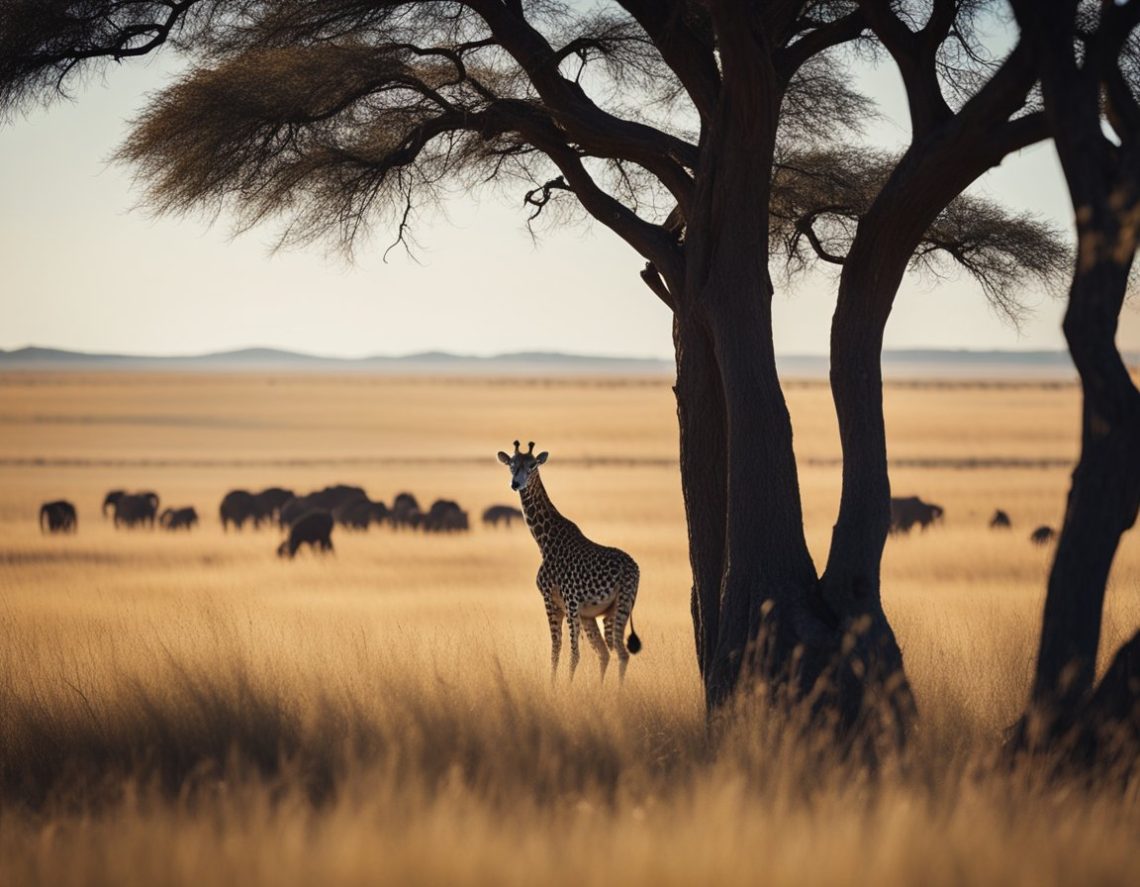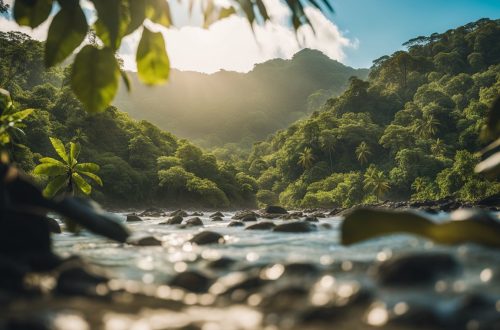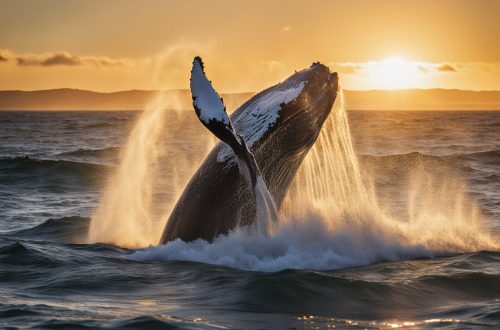
Best Time to Visit Serengeti: A Guide to Planning Your Safari Trip
If you’re planning a safari in Tanzania, visiting the Serengeti National Park is a must. It is one of the most popular wildlife destinations in the world, famous for its vast savannahs, diverse wildlife, and the annual wildebeest migration. However, the park is massive, and the best time to visit depends on what you want to see and experience.
At different times of the year, the Serengeti offers different experiences. The dry season from June to October is the best time for game viewing, as the animals tend to congregate around waterholes, making them easier to spot. On the other hand, the wet season from November to May is the best time for bird watching and seeing newborn animals. The wildebeest migration, which is one of the most spectacular wildlife events in the world, takes place from December to July, with the best time to see it being from January to March.
Seasonal Overview

When planning a trip to the Serengeti, it’s important to consider the seasonal changes that occur throughout the year. The two main seasons in the Serengeti are the dry season and the wet season. Each season offers a unique experience for visitors, and it’s important to choose the right time to visit based on your interests.
Dry Season
The dry season in the Serengeti runs from June to October. This is considered the peak season for visitors, as the weather is dry and sunny, and the wildlife is more concentrated around water sources. During this time, you can expect to see large herds of wildebeest, zebras, and other grazing animals, as well as predators such as lions, leopards, and cheetahs.
The dry season is also a great time for birdwatching, as many species are nesting and breeding during this time. The lack of rain also means that the grass is shorter, making it easier to spot wildlife.
Wet Season
The wet season in the Serengeti runs from November to May. During this time, the weather is more unpredictable, with regular afternoon showers and thunderstorms. While this may make wildlife viewing more challenging, it also means that the landscape is lush and green, and the birdlife is more active.
The wet season is also the time when the wildebeest migration takes place, as the herds move from the southern Serengeti to the northern Masai Mara in search of fresh grazing. This is a spectacular sight to behold, with thousands of animals moving in unison across the plains.
It’s important to note that some lodges and camps in the Serengeti close during the wet season due to the difficulty of accessing them. However, those that remain open often offer lower rates and fewer crowds, making it a great time to visit for budget-conscious travelers.
Overall, the best time to visit the Serengeti depends on your interests and priorities. Whether you choose to visit during the dry season or the wet season, you’re sure to have a memorable experience in one of Africa’s most iconic wildlife destinations.
Wildlife Migration Patterns
When planning a trip to Serengeti, one of the most important things to consider is the wildlife migration patterns. The Serengeti National Park is famous for the annual migration of wildebeest, zebras, and gazelles, which is one of the most spectacular natural events in the world.
The migration patterns vary depending on the time of year. From January to March, the wildebeest give birth to their calves in the southern part of the Serengeti. This is an excellent time to witness the newborns taking their first steps and the predators hunting for easy prey. From April to May, the herds start moving towards the western corridor of the Serengeti, where they cross the Grumeti River. This is a dangerous time for the animals as they face crocodiles and other predators in the water.
From June to July, the wildebeest move north towards the Mara River, which they cross between July and September. This is a spectacular sight as thousands of animals plunge into the river, risking their lives to reach the other side. From October to December, the herds move back south towards the Serengeti, where the cycle begins again.
It’s important to note that wildlife migration patterns can vary from year to year depending on weather conditions and other factors. However, by planning your trip around the general migration patterns, you can increase your chances of witnessing this incredible natural event.
In conclusion, the Serengeti National Park is a must-visit destination for wildlife enthusiasts. By understanding the wildlife migration patterns, you can plan your trip to witness one of the most incredible natural spectacles in the world.




